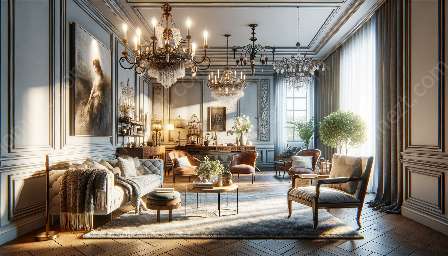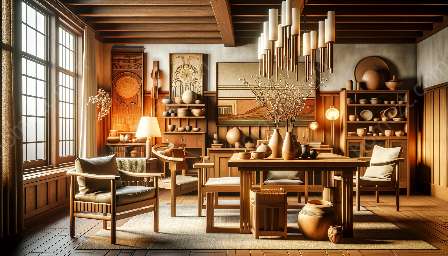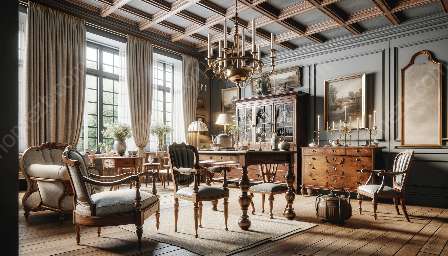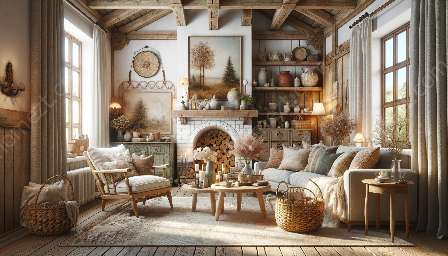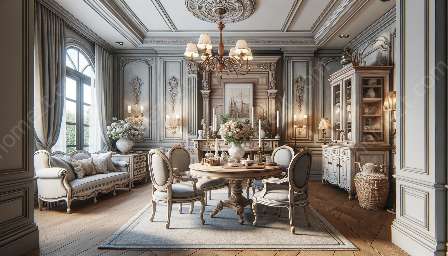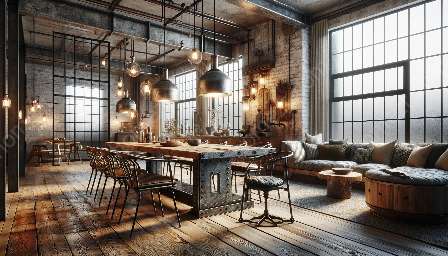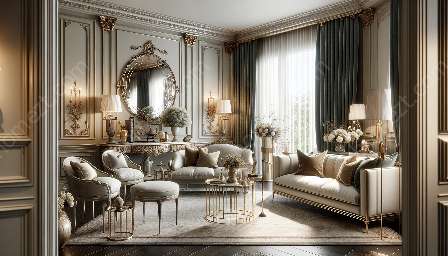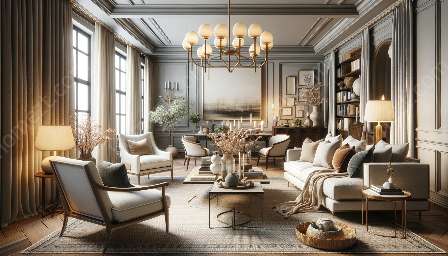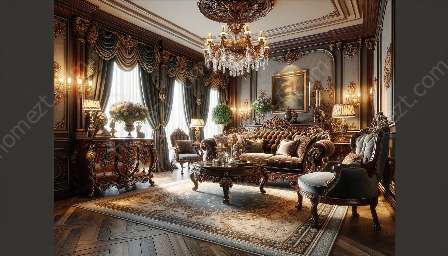Arts and crafts furniture is renowned for its exquisite craftsmanship and timeless appeal. In this comprehensive guide, we will delve into the history, characteristics, and compatibility of arts and crafts furniture with various furniture styles and home furnishings.
The History and Origins of Arts and Crafts Furniture
Arts and crafts furniture emerged as a significant movement in the late 19th and early 20th centuries, originating from the craftsmanship and design principles of the Arts and Crafts Movement. Influenced by the likes of William Morris, Gustav Stickley, and Charles Rennie Mackintosh, this furniture style emphasized traditional craftsmanship, quality materials, and simple, functional designs.
The movement was a reaction against mass-produced, ornate Victorian furniture, and instead championed the beauty of natural materials, handcrafted details, and a focus on utility and longevity.
Characteristics of Arts and Crafts Furniture
Arts and crafts furniture is characterized by its sturdy construction, clean lines, and emphasis on natural materials such as wood, leather, and metal. The joinery and detailing of arts and crafts pieces often exhibit intricate and handcrafted elements, showcasing the skill and dedication of the craftsmen.
Distinctive features of arts and crafts furniture include exposed joinery, such as through-tenons and dovetail joints, as well as subtle decorative elements inspired by nature, such as stylized plant motifs and geometric patterns.
Compatibility with Furniture Styles
Arts and crafts furniture complements a wide range of furniture styles, offering a versatile and timeless aesthetic that can blend seamlessly with both traditional and modern interiors. Its emphasis on simplicity, functionality, and natural beauty allows it to harmonize with various design sensibilities.
Whether integrated into a rustic, farmhouse-inspired space or juxtaposed against a minimalist, contemporary interior, arts and crafts furniture brings a sense of warmth and authenticity to any setting.
Harmonizing with Home Furnishings
When considering home furnishings to complement arts and crafts furniture, a focus on craftsmanship, natural materials, and artisanal details is key. Opt for textiles such as handwoven wool or cotton, solid wood pieces, and artisan-crafted accessories that echo the timeless charm and simplicity of arts and crafts design.
Furthermore, incorporating elements of nature, such as botanical prints, earthy tones, and organic textures, can further enhance the cohesion between arts and crafts furniture and its surrounding decor.
Bringing Arts and Crafts Furniture Into Your Home
Whether you are a seasoned collector or a newcomer to the world of arts and crafts furniture, integrating these timeless pieces into your home can create a sense of heritage, warmth, and enduring beauty.
From iconic chairs and tables to exquisite cabinetry and lighting, the appeal of arts and crafts furniture lies in its ability to infuse a space with character and craftsmanship, making it a cherished addition to any home.

